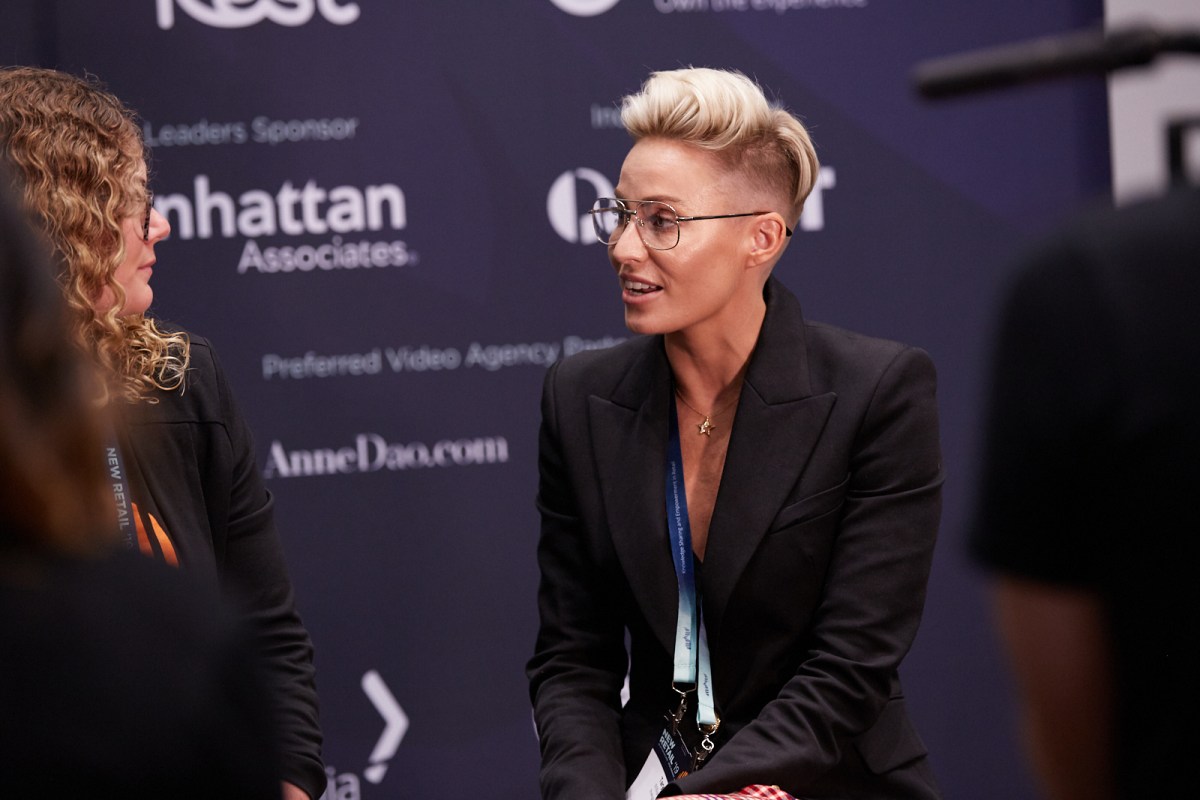A marketing expert on Monday shared the secrets behind creating a winning influencer marketing campaign at the New Retail 19 conference.
As social media becomes more and more integrated with our everyday lives, influencer marketing has become one of the most lucrative forms of brand marketing.
With almost half of all consumers depending on influencer recommendations, which generate a whopping $6.50 per dollar invested for brands, influencer marketing is the new frontier of opportunity for retailers.
Taryn Williams, founder of the Right Fit, an influencer marketing agency, told the audience at New Retail 19 that influencer marketing offers some of the biggest returns on investment, and retailers must get on board with it, or risk falling behind.
“Try something because If you’re not your competitors will, and you will be left behind,” she said.
Taryn Williams highlights the need to bridge the gap between online and offline experiences. She said that brand ambassadors have already embraced it, they educate, engage and inform. They have two ways conversations, and online plays a key role #NewRetail19 pic.twitter.com/4Z2LffB6tX
— Charles-Henri Lison (@lisoncharles) February 25, 2019
Forms of influencer marketing
Influencer marketing takes many forms, Ms Williams told the conference, and includes the use of experiential campaigns and brand ambassadors, both online and offline.
Brand ambassadors can be a highly effective way of engaging the public, she says, and can also operate in online spaces as bloggers with voices of authority in a particular subject area.
Whatever medium they are present on, brand ambassadors need to educate, engage and inform, according to Ms Williams, or risk losing the interest of the customer.
“Advertising should be a two-way conversation, needs to be adding value to consumer. It can’t give contrived messages,” she said.
Retailers need to be thinking about how content from brand ambassadors is adding value to the customer at every stage of their strategy, she said.
Tips for brand ambassador events
Building anticipation about the event through online and in-person promotional material is essential to create a highly effective campaign, Ms Williams told the audience.
Other simple things like ensuring your event is visually appealing to encourage attendees to promote it on socials is also important.
Engaging influencers throughout the campaign duration is also important, she said.
“Engage influencers before, during and after campaign – how can you best amplify your campaign? Think about who the right person is to amplify messages,” she said.
Finally, evaluating your campaign and keeping note of what does and doesn’t work is also essential.
Thinking about influencers
Before embarking on an influencer marketing campaign, it is essential that retailers first think carefully about their strategy.
Ms Williams says that retailers need to first define their objective in launching the influencer marketing campaign, to understand who they are trying to target.
From there retailers need to think about the best platform to channel their message to their target audience, depending on where they are the most active.
Thirdly, retailers should be thinking about how to add value to their audience in their campaigns, both to the audience and potential customers, and which influencer has a voice of authority in the area to help them add value.
Crafting the brief
When crafting the brief to your influencer, retailers should “be clear, but not dictatorial,” Ms Williams said.
This means working with your influencer collaboratively, as they know their audience best, having spent a significant amount of time creating their following, she says.
“Allow space for creativity – find that unique angle and think about how you can bring a story to life,” she said.
Finally, make sure you have the brief in writing, so that the agreement is clear.
Before you get started
But before you get started on the campaign, Ms Williams says you need to do a cross-check, finding out if they’re working with a competitor, or if they’ve worked on any other campaigns that could influence your brand.
Potential conflicts of interest or conflicting messages could have a negative impact on your brand image, she said.
Finally, retailers need to have a good hard think about what kind of content they want to be creating and on what channels, and create a blueprint for the strategy.
KPIs
Using KPIs when measuring the success of your influencer campaign is crucial to maximise its success, Ms Williams said.
A number of KPIs should be used to measure the success of the campaign, according to Ms Williams.
The reach of your posts, as well as engagement with them should both be measured, she said, while brand sentiment should also be looked at, for any signs that attitudes to the brand have changed, and what’s been said about the brand in comments.
The quality of content should also be looked at, she said, and retailers should also consider whether they could repurpose any content across different touchpoints.
Finally, retailers need to be measuring the creativity of storytelling, because this is what really sets an influencer apart, according to Ms Williams.
Who to engage?
When thinking about who to engage, bigger isn’t always better, Ms Williams said, and the most important thing is ensuring that the influencer has an authentic message that will engage your customer base.
As a general rule, however, she says that engaging celebrities, that is, those with a following of more than 1 million, can be effective, as can engaging employees who are already the values of the brand.

